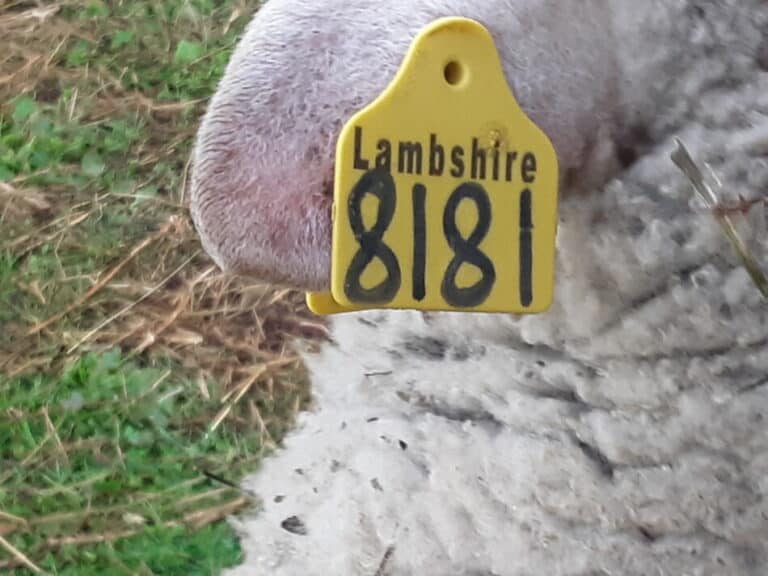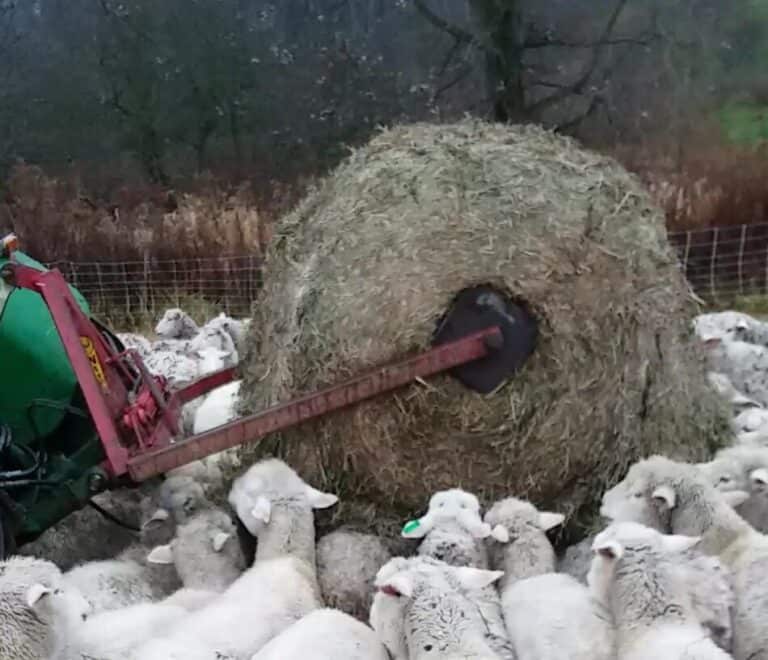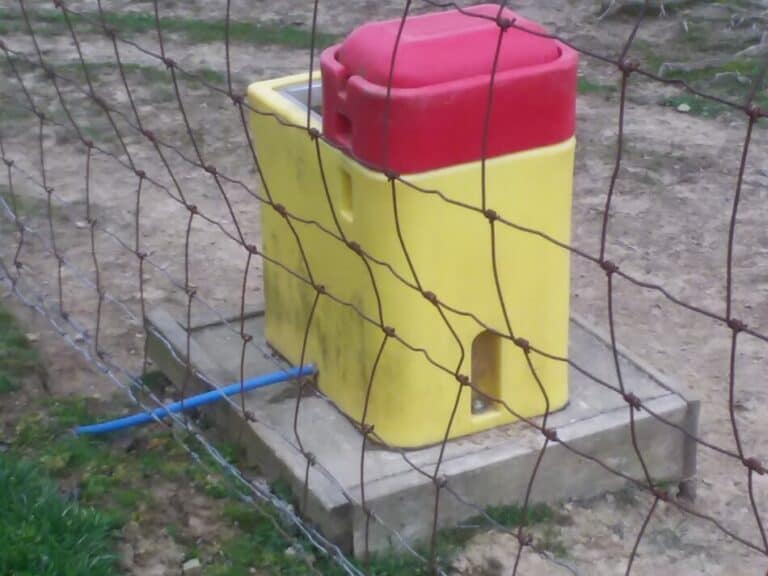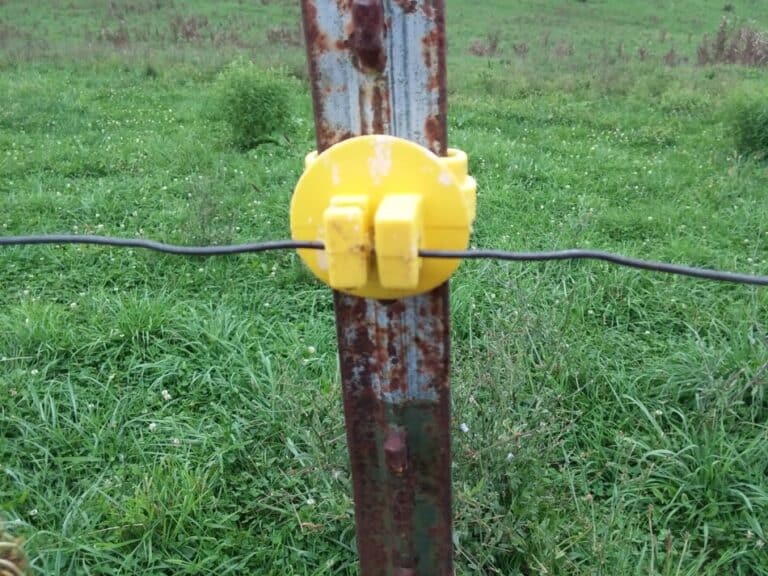How Do You Power An Electric Fence For Livestock?
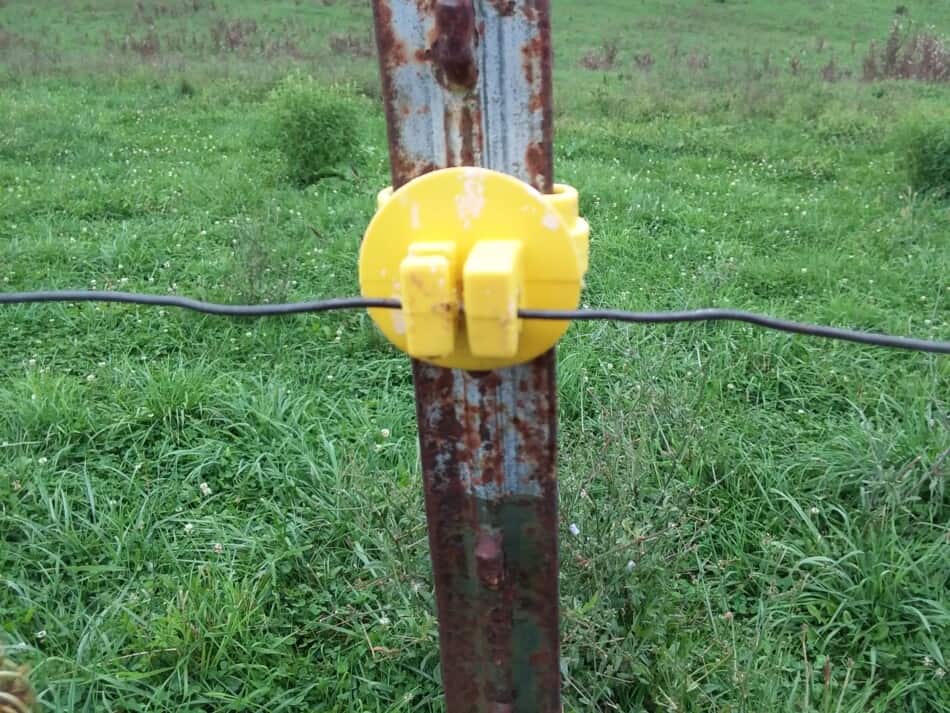
It’s easy to see why folks are looking into electric fence for their livestock, especially for anyone who is new. Electric fences definitely have a few advantages over permanent fence, two examples are portability and up front cost.
At first glance, electric fencing looks good, but there are a few things that still need to be figured out, the big one being how do you power that fence and what, if any, are your options?
Electric fences for livestock need to be powered with an energizer. The energizer can be plug in, battery or solar powered. Energizers will come in different models with various power capabilities, allowing you to pick the energizer to suit your needs.
Great news, energizers have come a long way in the past few decades and you can get an all star energizer for just about any need!
I just bought one, and there are almost too many choices!
If you are interested in netting, read my article ElectroNet 9/12/35, where I go over the pros and cons of the netting we use everyday.
| Situation or need | Best fence charger |
| No power access to fence | solar or battery |
| Location getting sun year round | plug in or solar |
| Location with lots of cloud cover | plug in or battery |
| Location gets cold | plug in |
| Second fencer for hard to reach areas (main fencer is plug in) | battery or solar |
| Powering fence on the grid is an option | plug in (more power for your money) |
You’ll need an energizer for your electric fence
No matter what type of electric fence you have, you’ll need an energizer for the power. There are many different models and power levels to choose from.
If you can, get a model that has a bit more “juice” than you think you’ll need. All models are rated in Joules and will give estimates of how much fence they will power.
For instance, if you plan to power 10 sections of electric netting with it, get a model that can do 15-18. This way, when you add on or grow a little, your system can still handle your power needs.
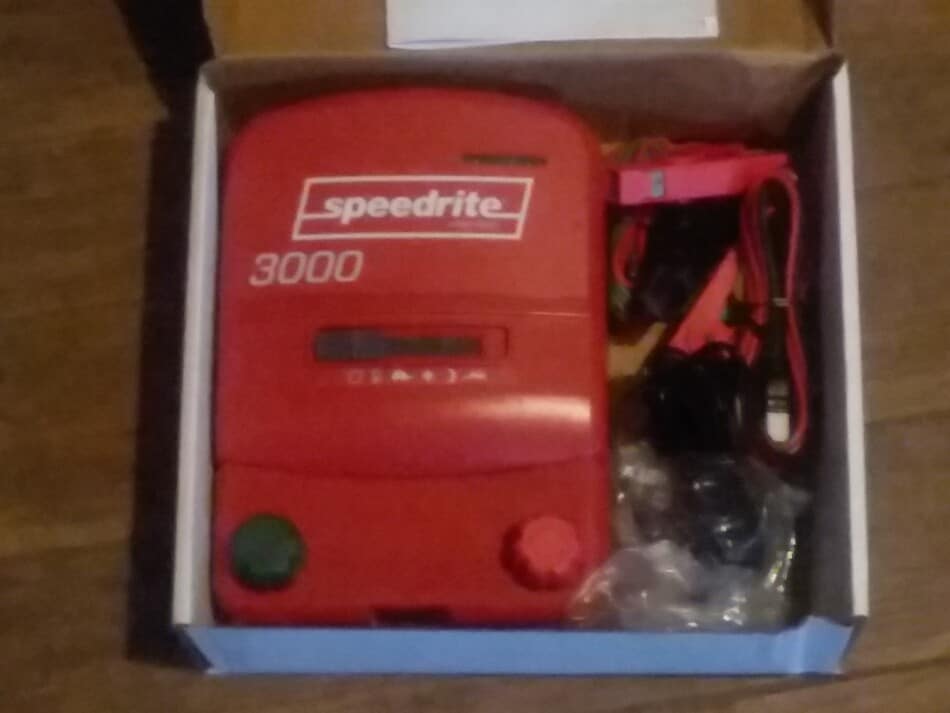
Use the comparison charts to determine which fencer you need
Premier 1 does a super job explaining all of your fencer options and giving charts to show what you can use each fencer for. We buy all of our netting from here.
If you are not a Premier 1 fan, that’s fine. Go to the dealer of your choice and start working through the charts to see what your power needs are. Or go to Premier, figure out what you need and buy it from the dealer you prefer.
Here’s a link to Premier 1 plug in and battery electric fence charger list, scroll down for the chart and note they compare based on both power and cost.
Here’s a similar chart from Gallagher, Selecting An Energizer, scroll down for comparison chart.
I talk about electric netting since this is our main fence (we graze sheep and use netting for them, year round) and it is notorious for being power hungry. Netting is harder to send power through than other types of electric fence.
The great news is that if the fencer you choose can handle a few rolls of netting, it can handle a ton of wire or polybraid fence!
Is Electric Netting Worth It? is an article I wrote comparing your costs of getting started with different kinds of fencing to see if netting would be worth it to you.
Plug in electric fence energizers are most common
The most common and easy to get electric fencers (another word for energizer) are the type that plug into an outlet. These fencers have the most power for your money and run cheap, you’ll hardly notice a change on your electric bill.
There seems to be a big push for solar fencers lately, but if plug in works for your location it’s the way to go.
Solar fencers for areas that are not on the grid
Solar fencers are reliable and powerful units helping folks fence in areas that are tough or impossible to reach otherwise. However, they are a more expensive option than a plug in energizer.
There are a few “catches” with solar:
- cost
- sun exposure per day
- cold weather reduces power
Cost: solar fencers cost more to get power to your fence than a plug in model with the same amount of output ability.
If you need solar because nothing else will work, well you need solar! But if you have a choice, go with plug in rather than solar, you’ll get more power for your money.
Sun exposure: solar fencers need sun to recharge, no surprise there! Is your area frequently cloudy? If so, you may not have the needed sun time to keep your solar system well charged.
You can help this by keeping the solar panel in an area that gets all day sun, of course, but nothing will make up for clear warm sunny days to keep that solar fencer nice and hot.
Cold weather: at first this one doesn’t make much sense, until you realize that the solar panel puts energy into a battery to hold the power. The battery distributes power to the fence. Batteries do not like cold!
You can work around this somewhat by keeping a new battery that has plenty of ability to handle your fencer’s power needs, even in the cooler weather.
Checking the battery to be sure it’s holding charge, having the fence lines clear of vegetation and having your fence securely attached to an adequately sized ground rod will help make the most of the power in cooler weather.
Battery fencers are another portable power option
Battery powered fencers are a third energizer option that is also portable, yet will not depend as much as solar on the clear, sunny weather.
Notice I wrote “as much”, battery fencers will still have less power in cooler weather conditions than warmer days.
Cold weather: cold weather will ding your battery powered fencer’s ability to produce, all batteries have less power to give in the cold.
Have a spare battery: keep a spare battery on hand and charged up. You don’t want to have an unpowered fence line while you charge up your main battery! Have a spare ready to swap right in and keep on grazing!
I just got a battery powered fencer in the mail, haven’t got it hooked up yet! If we want to, we can add a solar panel to this system, I just wanted to try it out first to see if we like it or not.
This model is plug in as well, that’s the main reason why I got it, we can use it for our main fencer if we need to, but it’s intended purpose is to give me a portable yet powerful fencer option for the hard to reach areas of our farm.
Grounding the fence is a must
You must ground the fence charger for it to work well. This is mandatory.
Your ground can be as simple as a rod or two driven into the dirt. It doesn’t have to be fancy, but it does have to be large enough to handle the power of your fence. Ground rod length needed should be listed on your instructions.
The ground rods you put in will be connected to the terminal on your fencer that is labeled accordingly. There are two terminals, the power output terminal and the ground. They will be marked.
Clear all vegetation from fence line to keep power
Keep all vegetation off of the fence line. Vegetative growth sucks power from the fence. The fence will eventually dry out the vegetation, but until then it takes power from the line.
The other thing that vegetation does is it collects dew and rain, so when the plants are wet and touching the fence they really take the power down!
Can Grass Ground Out My Electric Fence? is an article I wrote going over the importance of a clean fence line.
Keeping vegetative growth off of fence line is a continuous process
You’ll have to kind of “groom” your fence lines every so often to keep control of the vegetative growth.
The good news here is if you can get the grass trimmed down to begin with, when it regrows it is tender and the stock will trim the fence lines for you.
Storms and high winds can put plant materials on electric fence lines
Storms and high wind events can bend over tall grass and even briars onto your fence, possibly grounding it out! We have fence lines along the woods that are fine until a big storm, then the brambles are pushing down the fence.
Of course, the real fix here is to mow down the offenders, but until we can get the brush hog in there, we just check the fence.
Touching conductive materials will have fence losing power
The fastest way to loose power on your fence is to have the fence wire touching metal, T posts, permanent fence, or something similar. This will suck the juice right out of your line.
On the plus side, it’s usually pretty easy to see or at least hear when you have your fence line grounding out on metal, it will shock the metal with each pulse. In low light, you can see the spark.
Watch connection points to permanent fence for potential ground outs
When you connect your electric fence line to a permanent fence line, you have to be sure to have enough clearance that the electric line does not ground out.
The catch is, for anyone with smaller stock like lambs, you also have to position the electric close enough so that the switch from permanent wire to electric still looks solid enough to not tempt an escape artists.
Straight electric fence lines are easiest to power
Keep your fence lines as straight as you can or take them in a different direction only once you have secured the corner to a more capable post. Otherwise, the pull of the fence will have the line sagging.
Sagging fence gives a potential escape artist the opportunity she has been looking for. Sagging seems to be especially prevalent in corners that are insufficiently supported.
A gradual turn will hold up better than an abrupt 90 degree turn, unless the 90 degree turn has additional support to keep it fully upright.
